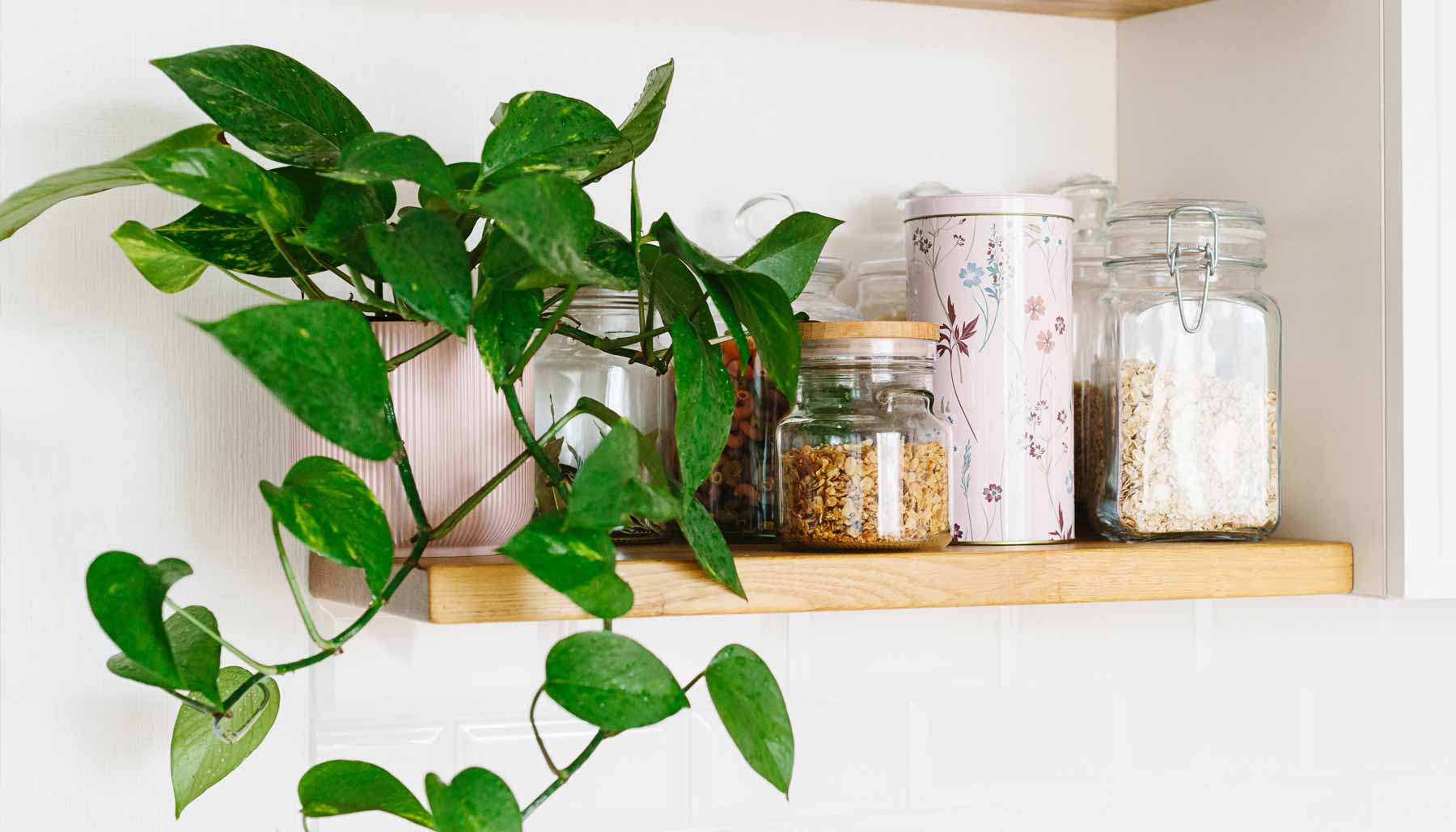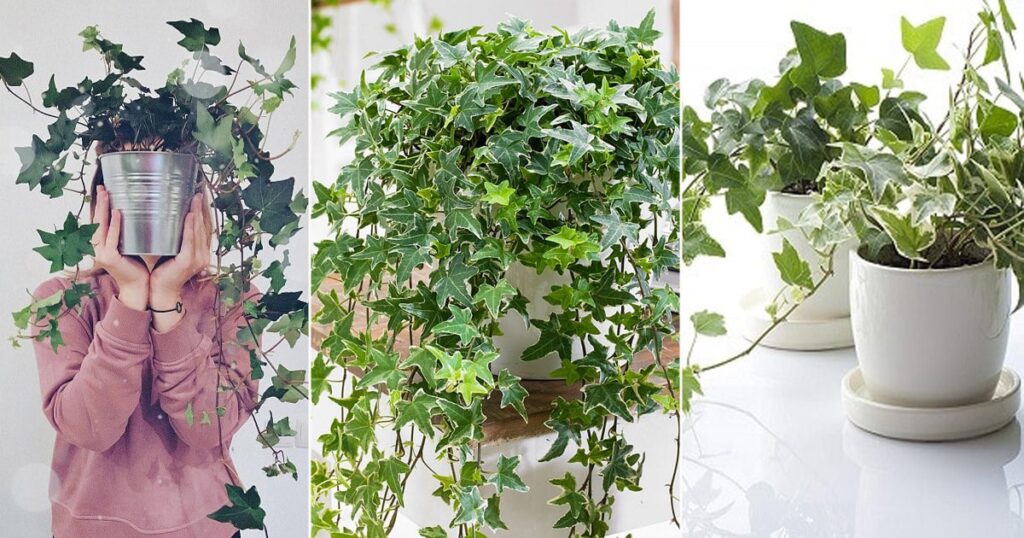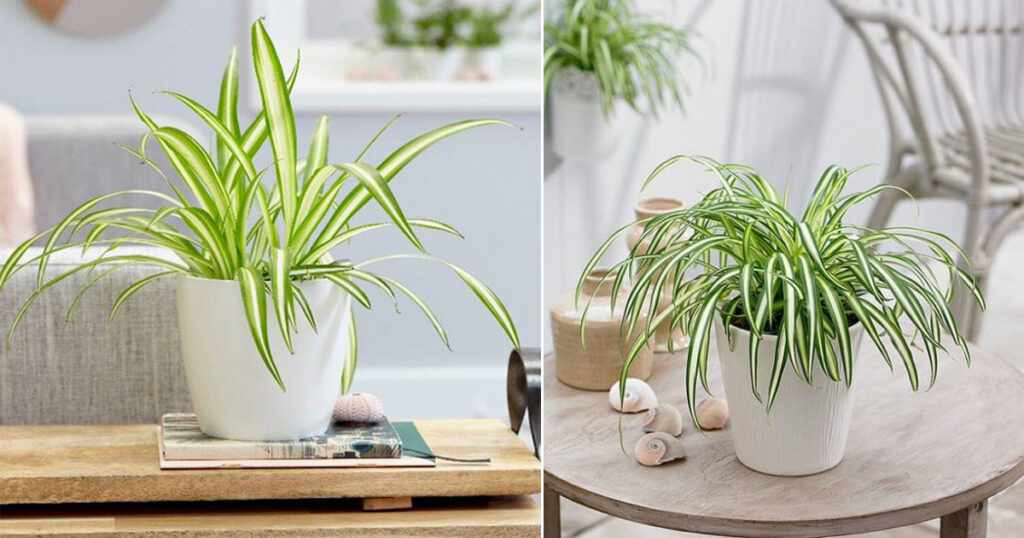
Indoor plants are kept in most homes and offices, as people have always cherished the numerous benefits they offer. When grown inside, they cleanse the air from harmful toxins and chemicals, and positively affect health.
A study conducted by NASA in the ’80s confirmed these properties of indoor houseplants. Scientists found that ornamental plants help fight Sick Building Syndrome, which is a condition manifested by adverse effects on health and comfort in building occupants due to time spent in a building.
The air we breathe is actually stagnant, and toxins build up and cannot escape since buildings are sealed-up more than ever.
The most common toxins found in buildings and homes like benzene, formaldehyde, acetone, chloroform, dichlorobenzene, carbon tetrachloride, tetrachloroethylene, toluene, ethyl acetate, methylene chloride, trichloroethylene, and xylene.
Fortunately, their effects can all be neutralized by having some of these natural air purifying systems in the form of plants.
The NASA study showed that there are numerous plants that can purify the air and revitalize by absorbing the pollutants in the air. The positive findings actually made them decide to send plants into space to help keep astronauts’ air healthy and create an optimal life support environment.
These 12 plants are the most effective for removing indoor toxins:
English ivy

English ivy is an evergreen perennial vine and is a super climber. It is useful for cleansing benzene and toluene.
Spider Plant

With spiderettes growing out from the mother plant, it makes it appear as spiders are dangling down from the pot! The Spider Plant is also useful in removing carbon monoxide, formaldehyde, xylene, and toluene.
Ficus Benjamina, weeping fig
The Weeping fig is one of the most popular indoor trees, cleaning out the pollutants from the air like formaldehyde and trichloroethylene.
Philodendron scandens `oxycardium’, heartleaf philodendron
It works perfectly in filtering formaldehyde from the air.
Chamaedorea sefritzii, bamboo or reed palm
Among the many palm plants, the bamboo palm is most suited for low light conditions. It tops the list of Indoor Plants Recommended By NASA for filtering benzene and trichloroethylene.
Janet Craig Dracaena
Dracaena marginata is capable of removing pollutants like formaldehyde, benzene, trichloroethylene, and carbon dioxide.
Warneck Dracaena
Snake plant
This great oxygen-producing houseplant can absorb harmful toxins from indoor air and also decrease the odds of airborne allergies
Peace lily
Besides purifying air, this elegant plant also absorbs the Acetone vapors that are commonly found in house paints, eliminating the chances of low blood pressure and headache.
Philodendron Selloum
It is a low light houseplant, thriving well in shade and ideal for removing formaldehyde and airborne allergens, according to the famous NASA clean air study.
